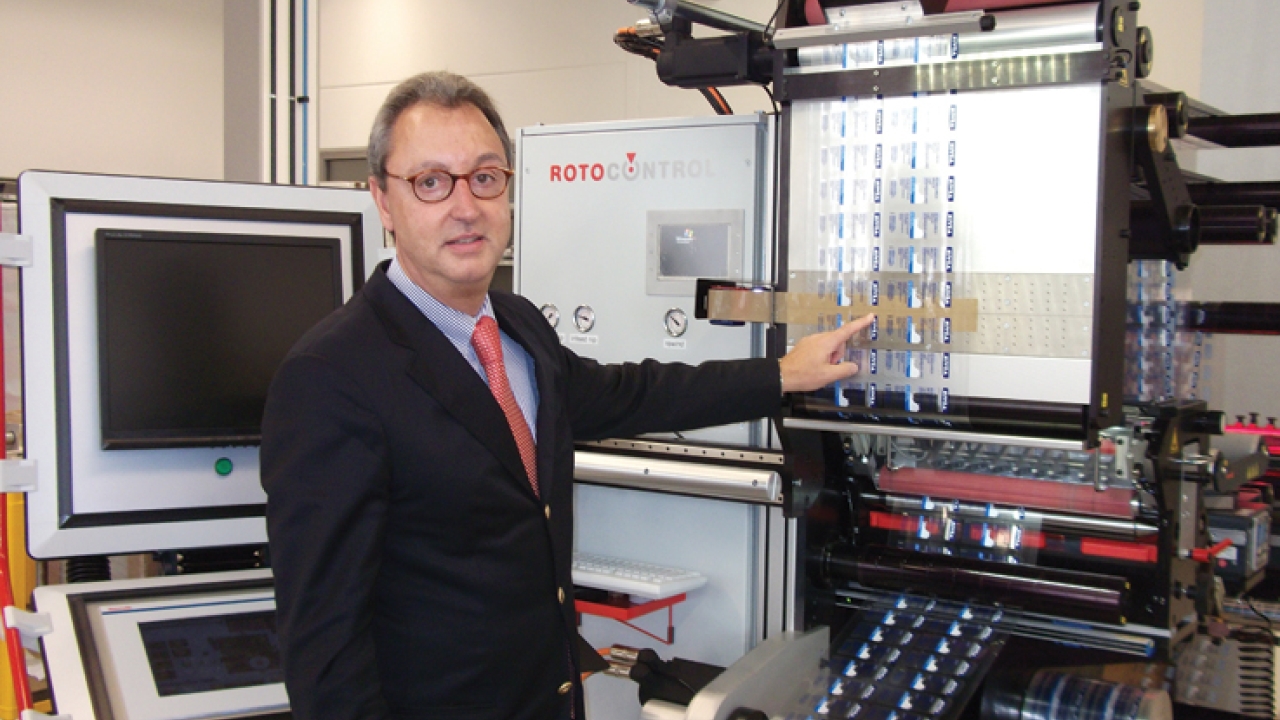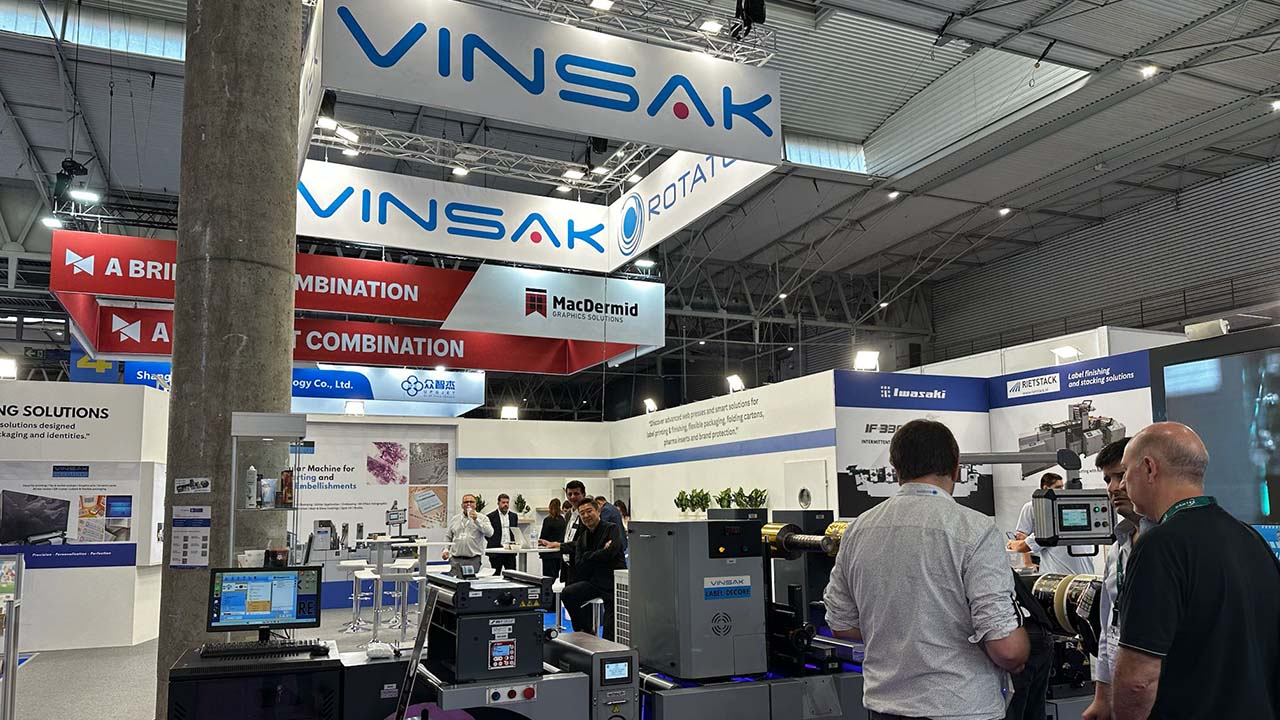Taking control

Rotocontrol has over 80 inspection, slitting, rewinding and die-cutting machines installed worldwide. Carol Houghton reports on the company’s global expansion plans
Once a partner in Rotoflex’s European and African set ups, Rotocontrol was formed three years ago by Michael Aengenvoort, business development manager and his son, Marco, managing director. The company aims to provide ‘efficient machines designed around the operator’ for the narrow web industry.
Office headquarters are in Ahrensburg, Germany, near the ‘engineering hub’ of Hamburg. The total workforce is 22 people. Aengvoort’s other sons, Pascal and Patrick, manage sales for South Africa and are based in Cape Town and Johannesburg.
Rotocontrol has grown into a globally orientated company with agents and distributors in Africa, Benelux, Turkey, France, Spain, Portugal, Czech Republic, Russia, Slovak Republic, South and Central America, New Zealand, Finland Thailand and India. There are plans to set up a local office in Atlanta in Spring 2012 as well as to expand further in Africa, particularly Nigeria, Kenya, Mauritius and Ghana. New agent agreements in other countries are being finalized and will be announced soon.
Rotocontrol’s design philosophy might be described as ‘operator-centric’. ‘If the operator is comfortable, a higher quality can be achieved,’ says Michael Aengenvoort. The operator has total control from a central, height adjustable control panel, or ‘cockpit’, enabling them to inspect, rewind and splice the labels without moving up and down the machine. There are plans to launch an automated splice positioning system at Labelexpo Europe 2011.
Aengenvoort claims the machines are so simple that just two days training is required and icons on screen are used to overcome language and cultural barriers. Fully servo-driven with Bosch Rexroth drive and control technologies, Rotocontrol machines incorporate a full remote diagnostics package and can run at speeds up to 320m per min.
Recognizing the trend towards digital printing, Rotocontrol is now offering finishing equipment designed to follow digital presses.
Vision systems are increasingly demanded not just in pharma applications, but in other high quality markets, says Aengenvoort; ‘fail safe operations are needed to remove the possibility of human error where an operator might become distracted.’
Aengenvoort has noticed a trend for inspection to be done on press to maximize speed. The company is working closely with AVT on integrating press inspection with rewinder control. In this system, all defects detected by the press camera are recorded in an SQL database, where they can be viewed and edited. This data is used by the WorkFlow Link control station on the rewinder to stop the web at the exact location of the defect for removal. ‘The workflow is simple and easy to implement,’ says Aengenvoort.
Rotocontrol sales this year are said to have averaged six machines per month. The company is working to improve its turnaround time, with lead times averaging from one to two months. Aengenvoort says ‘we are more concerned with quality than number of units. All products lines can be custom built to order.’
Machine lines
Rotocontrol’s machine lines include the RSC series inspection slitter rewinder, running at speeds up to 320m/min at web widths from 340-620mm; the RSD series die-cutting, finishing, slitting and rewinding system, operating at 250 m/min at web widths from 340–540mm; the RSP single pass 100 percent security inspection system, available in three security levels and running at speeds up to 320 m/min in web widths up to 540mm; and the DRM semi-automatic turret rewinder which can be fully integrated into any Rotocontrol finishing machine; the EDM200 Series over-printing Press, the world’s first ever designed semi-rotary, servo-driven UV-flexo machine providing economic production of short-run and fast turnround labels, tickets and tags.
Pictured: Michael Aengenvoort, business development manager
Click here for more stories about Rotocontrol on L&L.com.
This article was published in L&L issue 4, 2011
Stay up to date
Subscribe to the free Label News newsletter and receive the latest content every week. We'll never share your email address.

